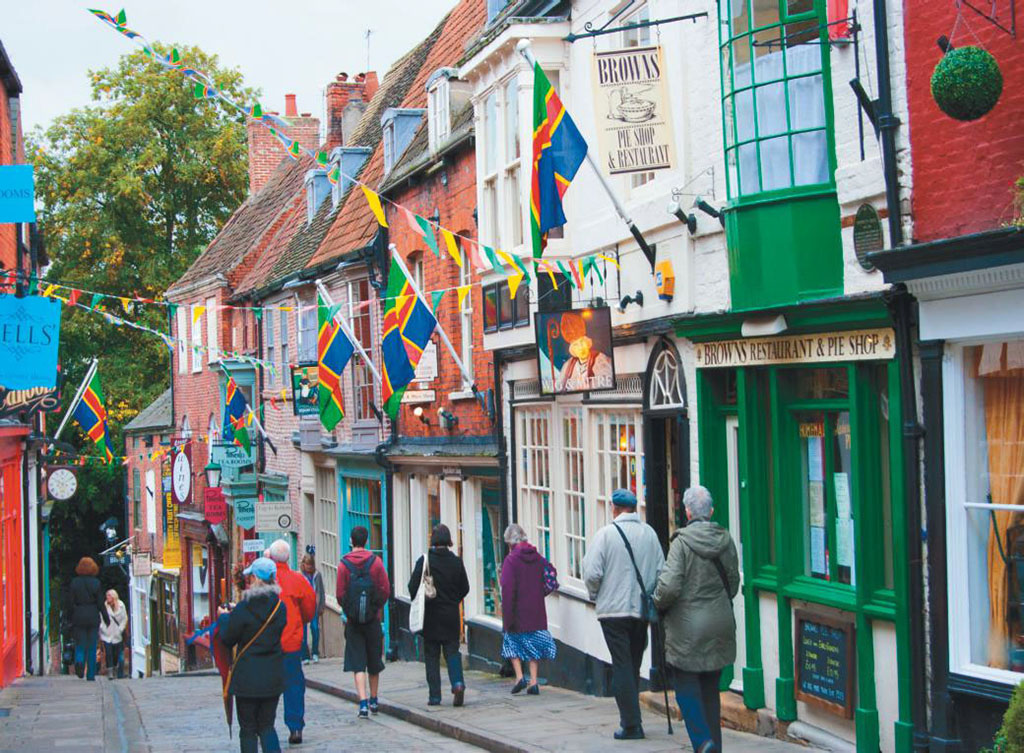
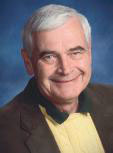
AT THIS FALL’S Cheltenham Literary Festival, Kate Fox, author of Watching the English, cited the common expression that she judged best revealed the character and temperament of the English people. It is the single word: “Typical,” and articulates both resignation and frustration. Certainly no one could spit out the word with more gusto than Basil fawlty. typically, I found myself repeating it more than a few times during this October’s editorial adventures around our sceptered isle. Come on along.
DAY 1 – JOIN ME ON THE ROAD AGAIN-
After Britain’s driest, warmest September on record, I landed at heathrow in early October to 50 degrees and gray skies teeming with rain. Typical. I rounded the M25 to the A1 and headed north. Some 120 miles later, after a rendezvous with writer John Wade in Welwyn (see “Weird Suffolk,” January, p. 26), I landed at the Bull and Swan in Stamford. It’s always comforting to return to familiar digs, and it doesn’t get much more comfortable than the Bull and Swan. Once again, let the games begin.
DAY 2 – JUST UP THE A49 TO LINCOLN-
Lincolnshire and the East Midlands are much neglected by American visitors, but I am always happy to champion the area. Lincoln itself was the destination. Readers may remember the story of Lincoln Castle’s rebuilding (September 2013); it was time to check on the progress. With the 800th anniversary of Magna Carta, Lincoln Castle’s new home and exhibition center for the cathedral’s copy of the historic charter has been on a hard deadline. Jessica Marshall from Lincolnshire County Council handed me a hard hat and a visibility vest, and led me through the work-in-progress. It was still 50, gray and wet. I stayed in the new Old Palace hotel, a repurposed medieval church in the Minster Yard of Lincoln Cathedral. It was certainly the first time I ever had stained glass in a hotel room.
DAY 3 – LINCOLNSHIRE RAMBLES (INTO NOTTINGHAMSHIRE)
Cold rain continued this morning as I drove west to the Nottinghamshire villages of Babworth and Scrooby to explore the Mayflower Trail. In the afternoon, I was given a behind-the-gargoyles tour of Lincoln Cathedral by David Mason, an enthusiastic, longtime volunteer guide. We tromped along dusty walkways just under the roof, and through chambers not purposely used since their abandonment by medieval soldiers. The sun came out very briefly as I headed west out of Lincoln toward Retford in the late afternoon. For 10 minutes, the temperature got up to 58 before the rain started and took it down again.
DAY 4 – ON THE A1M NORTH TO NORTHUMBERLAND
This morning, I pursued the Pilgrim congregation to Gainsborough Old Hall, where Separatists met under the protection of the Hickman family during the crackdown on Nonconformity under the neurotic King James I. What a story it is, and what an informative visit with Sue Allen, Pilgrim expert, and Victoria Mason, the site director.
Through the afternoon I drove north on the heavily traveled A1 under glowering skies and intermittent rain. At Newcastle I turned west on the A69, following hadrian’s Wall some 35 miles to the small, isolated market town of Haltwhistle—the very center of Britain—and checked into the 13-room Centre of Britain Hotel. At the low, timber-ceilinged Black Bull pub across the street, there was a warming log blaze in the stone freplace that evening. Both supper and beer were worth mentioning in dispatches, and I had a convivial visit with a couple of gents who’d come up from Worcestershire for a few days of salmon fishing. Think I’ll hang around and find the story.
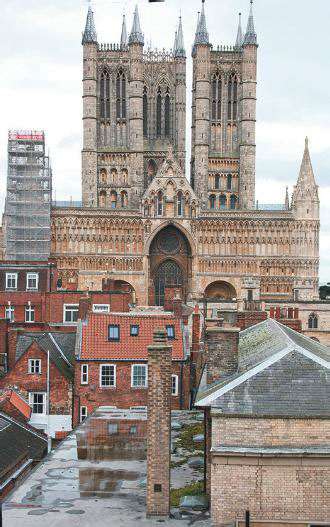
Majestic Lincoln Cathedral takes on a new aspect from the rebuilt walls of Lincoln Castle.
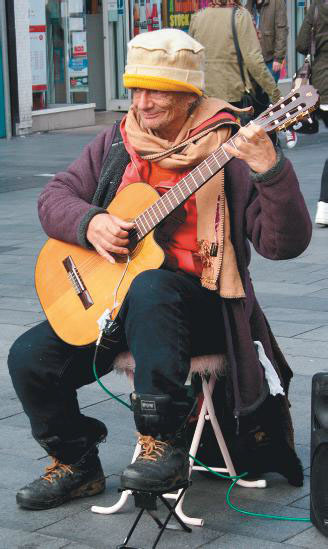
This colorful Leicester busker was beautifully playing Bach’s “Jesu, Joy of Man’s Desiring.”
DAY 5 – THE HEART OF ROMAN WALL COUNTRY
An hour of sunshine. Just up the road to Hadrian’s Wall at Cowfields, I climbed the ascent to Mile Fort 42, with a beautiful stretch of the surviving wall to photograph. I followed the wall east on the B6138, paying calls at Housesteads fort, a Temple of Mithras and wherever I could pull off to wonder at the panorama of stark moorland dotted with sheep, cattle and scattered farmsteads—likely built with stone pillaged from the walls centuries ago. In Hexham, it was mild enough to sit outside comfortably with coffee and my pipe. I wandered around hexham Abbey, on site of a Saxon cathedral built by St. Wilfred back in the 8th century, when Christianity first came to the kingdom of Northumbria. Back near Haltwhistle, I spent an informative hour at the Roman Army Museum. By then, it was teeming with rain. Typical.
DAY 6 – TURNING SOUTH INTO THE MIDLANDS
It was 38 and foggy on the moors as I turned south this morning for Bishop Auckland. Near there, I detoured a mile or so to the village of Escomb to see Escomb Church—the oldest, most complete Saxon church in England. Built about 700, the narrow stone church was more than 300 years old when William the Conqueror landed. My destination, though, was Auckland Castle, for centuries the summer palace of the Prince Bishops of Durham, and still the diocesan offices. Only in the last couple of years has it been opened to the public, and the scheme is in motion to assemble there the finest collection of religious art in Britain. They’ve already got a deal with Madrid’s Prado. We’ll go back in a couple of years to see the progress. Then, though I abjure the motorways whenever possible, the afternoon was spent on the M1 hauling south to Leicester. Richard III awaited.
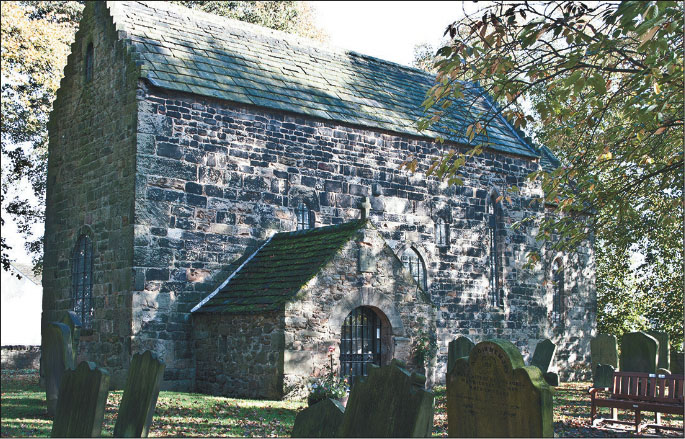
The Saxon church in Escomb, County Durham, has been a place of worship for some 1,300 years.
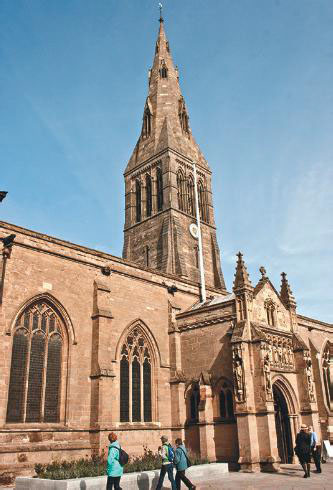
DAY 7 – SEEING BIG CHANGES IN LEICESTER
Regular readers have been following the Richard III story with me. Two years ago, I visited with the University of Leicester archaeologists that made the discovery (“Monarch in the Parking Lot,” March 2013). Lead archeologist Richard Buckley was awarded an OBE for his work. Then, the next April we went to Yorkshire for the back story on the controversial monarch (“Richard III at Home,” September 2014). Today, I saw the grave at the new Richard III center, just across the garden from Leicester Cathedral. The interior of the cathedral itself is in upheaval and under hoardings, where Richard’s tomb is being prepared for the reburial in March. The whole cathedral precinct has been redeveloped amazingly in the last two years. This puts Leicester on the tourist map, and the city is taking full advantage and making the investment. Stay tuned; The story comes in the next issue. Meanwhile, I’ve been in Britain a week, and gone thus far without feeding a pay-and-display parking charge. That may be a new world record. Hardly typical.
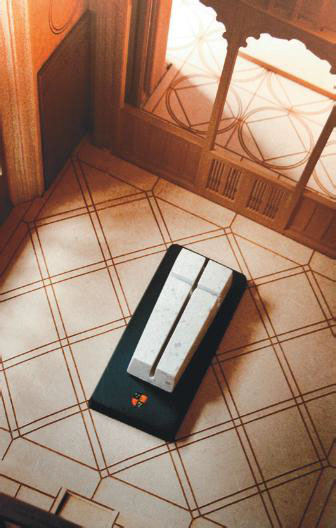
DAY 8 – THERE’S ALWAYS A WORTHY PLAN B
Raw and rainy again, forsooth. Plan A was defnitely thwarted; I browsed the motoring atlas, and then headed southwest on the M69 toward Coventry and on to Stratford-upon-Avon. It has been years since I’d been to the Royal Shakespeare Theatre. Among my memories there, I recall seeing John thaw play Bottom in Midsummer Night’s Dream. Yes, that was more than a few years ago. Any time of year, it is highly iffy to get day-of-performance tickets at the RSC, but when they are available on “standby,” they are a fraction of face value— and I only needed one. Yea verily, I scored a ticket in the stalls, Row E, Center. With that to brighten the dreary day, I went up the road half a dozen miles to familiar Warwick and got a room. The production was Love’s Labours Won, better known as Much Ado About Nothing. It was a fabulous rendition, as RSt performances almost invariably are. But you can read the review in “Beyond the Bookshelf.”
DAY 9 – TURNING EAST TO THE SUBURBS
The weather report was much ado about the same. I’ve seen the sun twice since landing. Jumping on the M40 toward London (which I dislike as much as every motorway), my immediate destination was the hamlet of Jordans, near Chalfont St. Giles, Bucks. From the 17th century, the village has been a Quaker enclave. The Quaker Meeting House was built in 1688 and is still an active place of Sunday worship and center of Quaker organization. I was warmly greeted and given a great tour of the meeting house and its lore. In the Burial Ground—still in use to this day—lie William Penn, his two wives, five children who died in infancy and several who died as adults. It was on to Watford, where that afternoon many of the principal writers you have been accustomed to reading over the last several years gathered for a writers’ conference.
DAY 10 – IN CONFERENCE
It was great fun to bring together the regular and enthusiastic freelancers that identify with British Heritage and work diligently to hit the mark for our readers. It’s a delightfully diverse group, each with a colorful, creative personality. We stayed up visiting and plotting in the lounge until after midnight.
DAY 11 – PICKING UP THE PIECES
Now I get the sunshine. By now, I’m invariably feeling the rigors of the road. It’s my own fault for trying to keep the same pace I did 25 years ago. I toddled over to Asda in search of a few things, then hopped up the A405 half a dozen miles to St. Albans. Third largest town in Britain during the Roman occupation, they called it Verulamium. As elsewhere, the Romans left their mark. the museum in Verulamium Park focuses on everyday life in Roman Britain. Today, St. Albans bears the name of Britain’s first Christian martyr. Converted about the year 250, Alban was executed for his unwillingness to acknowledge the pagan Roman gods. After the Romans retired from the island, his grave became a shrine and place of pilgrimage. The story was told by the Venerable Bede several centuries later, and the abbey that grew up around his shrine is today St. Alban's Cathedral. It’s the only place I know where the city name is identical to the name of the saint to whom the cathedral is dedicted.
DAY 12 –TO HEATHROW IN THE SUN
The day bloomed warm and sunny, of course. Luckily, my fight was late afternoon. I had time to detour through Datchet and Windsor to Runnymede. The meadow was muddy, but I walked the quarter-mile to the Magna Carta Memorial, and then drove up Cooper’s Hill to the Air Force Memorial above the famous Thames-side field, where 20,000 Commonwealth airmen that died and have no known grave are movingly remembered. That afternoon, as I pulled the car into the rental lot at Terminal 5, the car thermometer clicked 70. Typical.
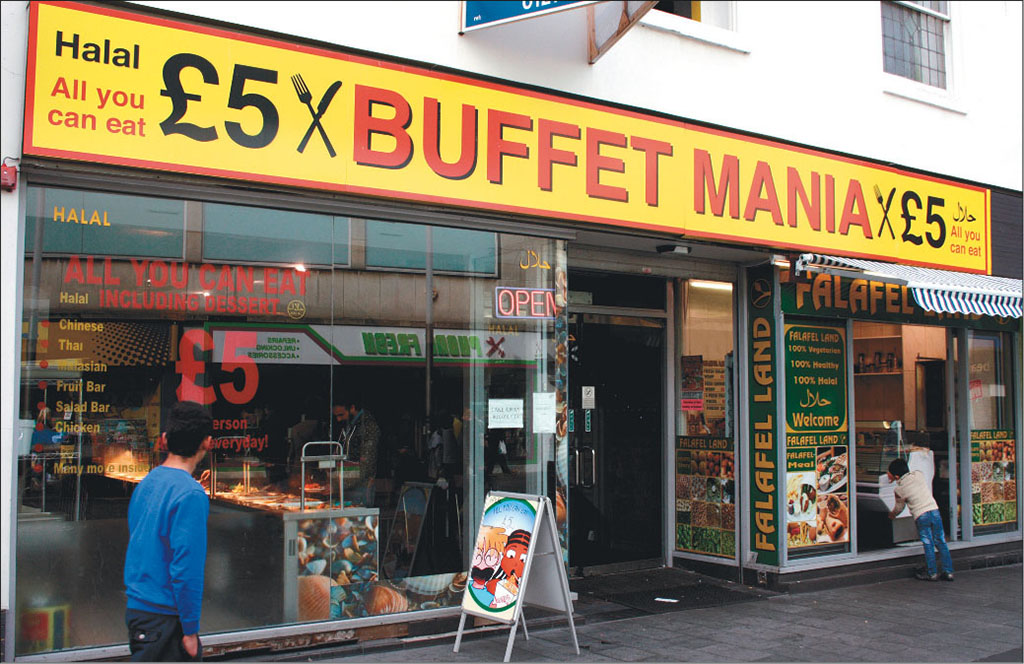
It’s not all quaint village pubs. I took Sunday lunch at this halal buffet in the busy, ethnically diverse, pedestrianized city center of Leicester.
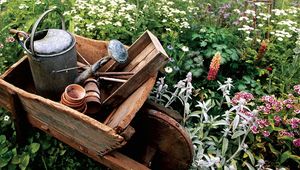
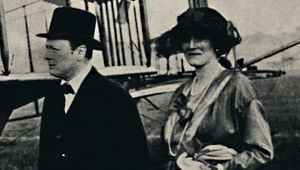

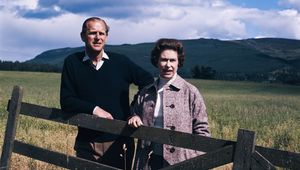
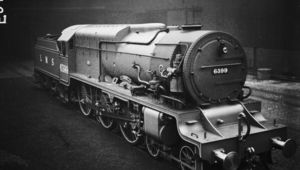
Comments